Wildlife Rescue: How To Help Wildlife In A Bushfire Emergency
Sadly bushfires in Australia and many parts of the world are a regular occurrence.
Not only are people and domestic and farm animals affected, but wildlife too.
Wildlife rescue care requires special considerations, especially in emergency situations.
In this article, you will learn how how to provide the care these animals deserve.
What To Do When You Find Sick Or Injured Wildlife
Ask yourself the following questions:
- Does it appear injured?
- Can you see burns or injuries,
- Does it appear hungry or thirsty – i.e. it isn’t grazing or feeding?
- Is it moving with lameness, or unable to fly?
- It is collapsed and unable to move?
- Does it appear to have trouble breathing?
If you answer YES: Please seek veterinary advice.
Any animal with these symptoms MUST see a veterinarian for care.
Contact wildlife carers in your area and alert them that they must organise a veterinarian to visit the animal.
National Wildlife Response
Regardless of where you live in Australia, you can contact these organisations:
Wildlife Rescue Australia
1300 596 457 – 24-hour call centre
https://www.wildliferescue.net.au/
International Fund for Animal Welfare
https://www.ifaw.org/au/resources/wildlife-rescue-app
Victoria Wildlife Response
Wildlife Victoria
03 8400 7300. Emergency Response phone lines are currently open from 6.35am to 8.30pm, 7 days a week.
https://www.wildlifevictoria.org.au/
DELWP State Government Victoria
136 186 Wildlife EmergenciesSearch for carriers in your area:
https://www.wildlife.vic.gov.au/injured-native-wildlife/wildlife-tool
ACT Wildlife Response
Injured Wildlife Number (Business Hours): 1300 477 722 (1300 4 RSPCA).
Injured Wildlife Number (After Hours): 0413 495 031.
NSW Wildlife Response
Wildlife Rescue South Coast Inc
Wollongong to Batemans Bay, west to Braidwood and shortly beyond, west of Goulburn, north of Taralga, east to Bargo and back across to Wollongong.
0418 427 214
www.wildlife-rescue.org.au
The Wildlife Information and Rescue Service (WIRES)
1300 094 737 (13 000 WIRES)
While Waiting For A Registered Carer &/Or Veterinarian
Make sure that you are safe. Please be aware of unstable, fire-affected trees that may fall and any hot embers still present on the ground.
Please follow these guidelines:
- Remove children or any animals such as dogs in the vicinity that could scare the wild animal.
- Carefully catch the animal – if it moves away from you, stop – do not chase. Advise the wildlife rescue that you will need someone with a dart gun.
- Put the caught animal in a large box or container and place it somewhere safe and dark
- If the animal is upright and alert, offer a drink of water.
- Do NOT squirt water into their mouth.
- This may result in aspiration pneumonia.
- Let the animal lap the water.
- Don’t worry if the animal doesn’t drink.
- The carer will organise a veterinarian to administer fluids as required.
Video: How To Give A Koala Water
Apply Temporary First Aid To Injuries:
Remember, this is the initial triage treatment only.
All animals that have burns MUST see a veterinarian so that they can be assessed properly, pain-relief given, and any other treatments provided eg. fluids, oxygen therapy.
- Carefully lavage any injuries with clean water.
- Do not add any antiseptics or salt solutions to this water.
- Do not rub any areas. Simply let the water flow over the area.
- For burned areas apply a copious layer of aloe vera gel or Sudocrem.
- Cover the area with a clean chux cloth or if you have a non-stick dressing such as melolin use this and cover with a loose bandage.
- Do not wrap tight. You are simply covering an area.
- Remember, if you need to do this for an injury, this animal MUST see a vet. It will require sedation and pain relief for appropriate cleaning and care. Please do not think you can provide this without veterinary assistance
- Eyes, gently remove any debris around the eye with water and if you have access to sterile saline flush the eyes. If there is no saline – do not flush.
- Apply an over the counter eye cream such as Chlorsig, Lacrilube, Systane, PolyVisc. (take care not to contaminate the eye tube)
- Mouth and nose – gently wipe away any debris that may be occluding an airway.
Video: Treating Koalas With Burns
If The Animal Appears Ok, Watch Quietly.
- Keep children and pets away.
- If there is no feed available, check our guide on feeding wildlife and supply something that is appropriate.
- Build a water container as per our water guidelines.
If you don’t have appropriate food available, please call one of the rescue wildlife centers for assistance.
Remember, our team of highly qualified vets are always available to assist with animal health advice about a bushfire-affected animal in your care.
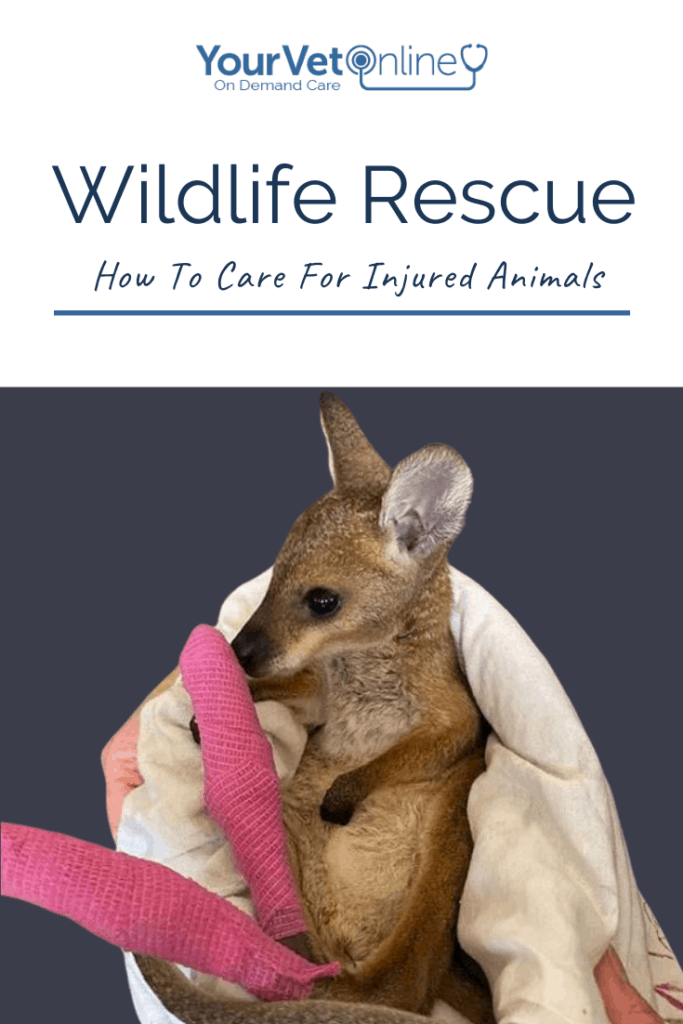

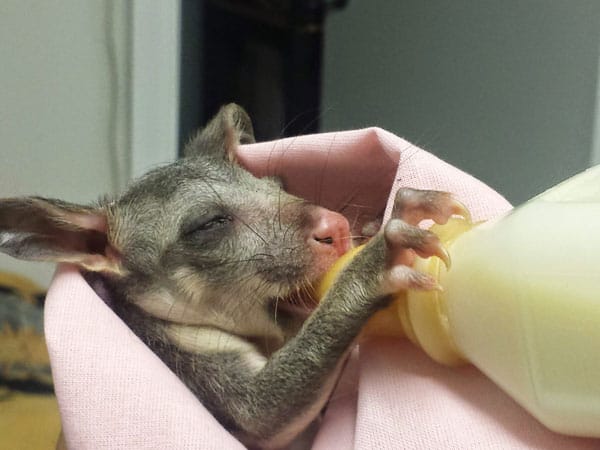
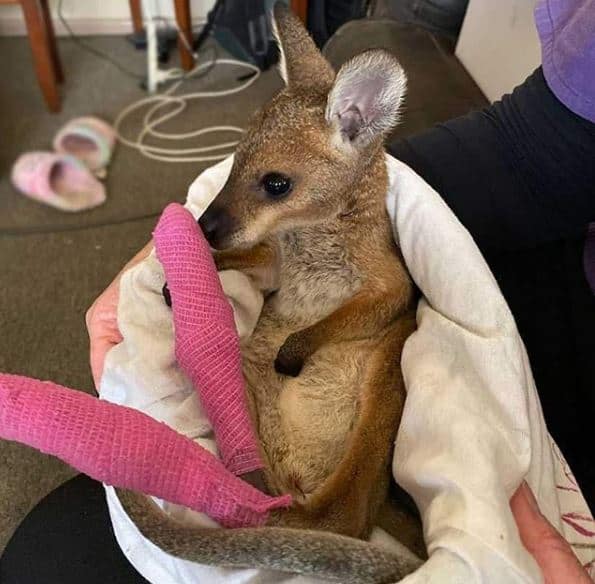
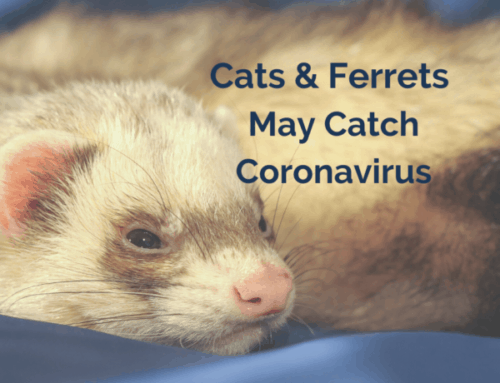
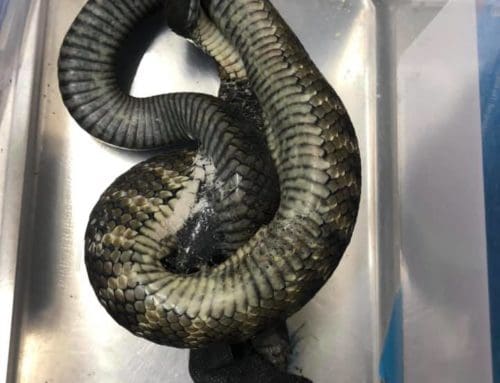
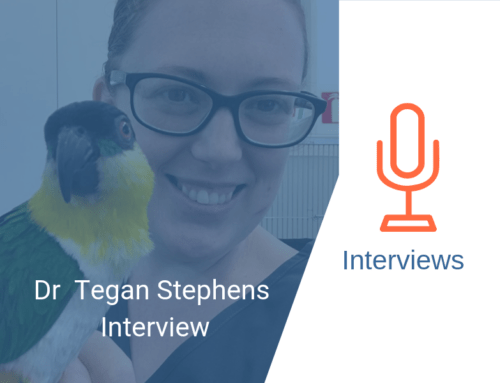
Leave A Comment